Ten years ago we replaced our dying grass lawn with a California native garden. Photos best illustrate the transformation, the rich habitat it has provided, and our happiness with our new front yard.
Before Photos and Planting Prep (late 2008 – Jan, 2009)
Immediately Post-planting and the First 2 Years
And now after 10 YEARS
Our native plants have exceeded our expectations, growing larger and happier than we expected. Today it looks rather wild – but because 1) we like that look, 2) it provides the most habitat value to critters and, 3) means little yard work for us — it’s, well, our front yard…
HABITAT VALUE – As mentioned above, we love the critters native plants attract.
FAVORITE NATIVE PLANTS
I have a many individual posts about favorites (Click on Favorite Plants on menu for more details) – but here is a quick gallery of photos
Any questions, feel free to contact me. There are also many posts that go into more detail about everything mentioned above – see menu.
Go natives!
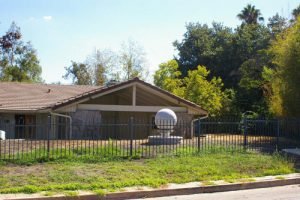
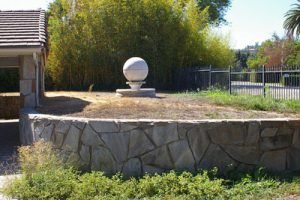
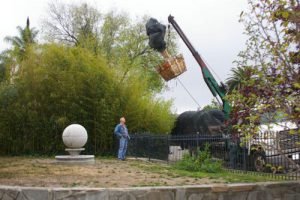
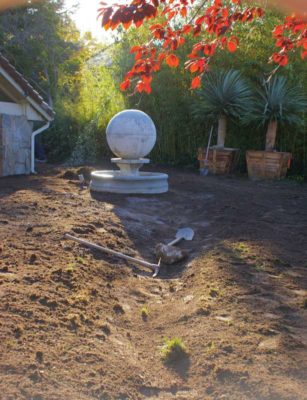
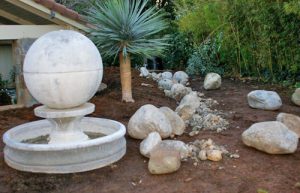
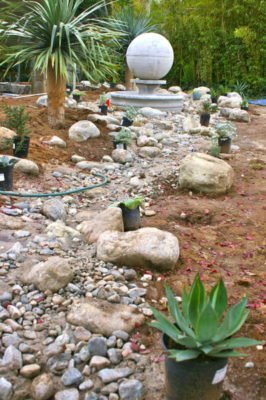
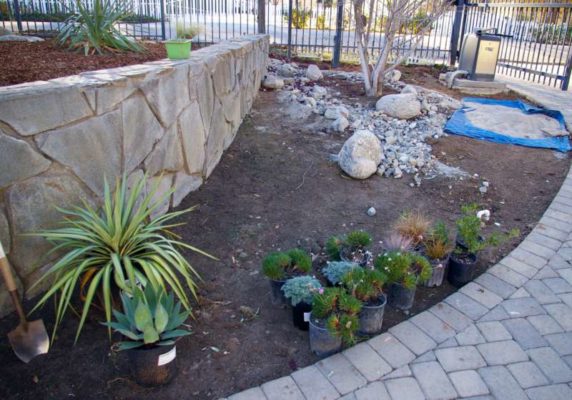

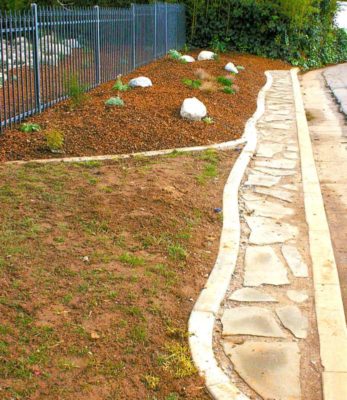
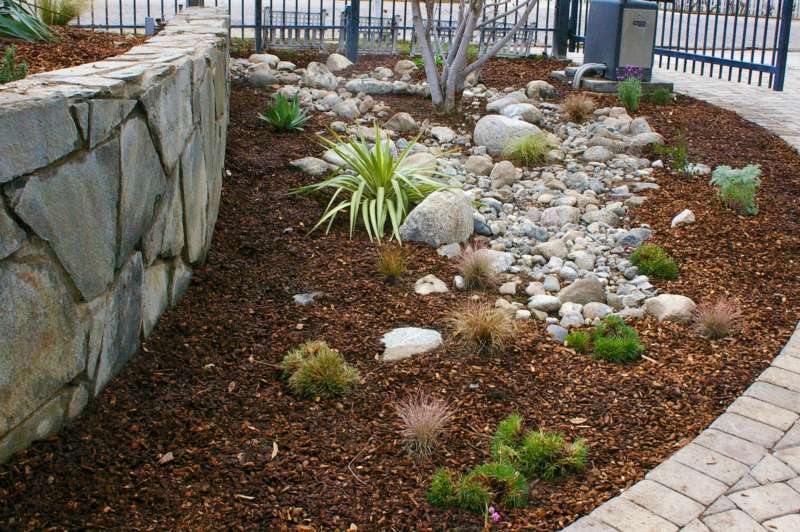
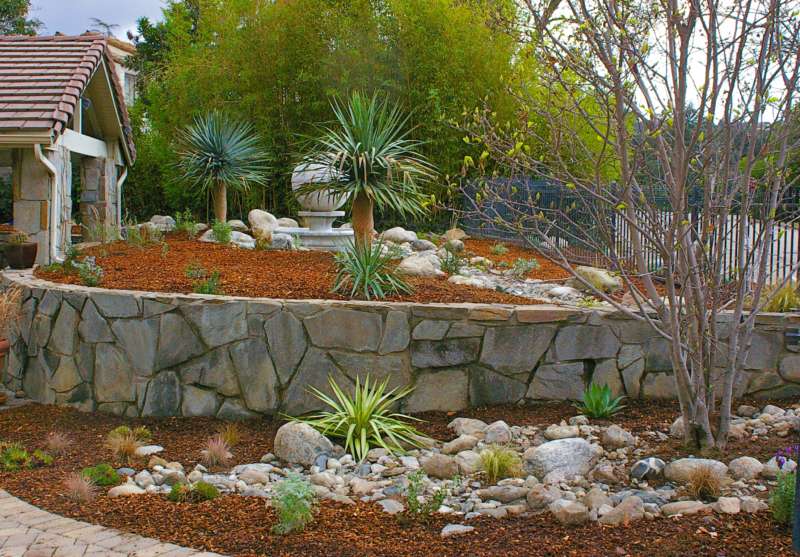




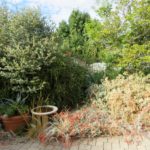
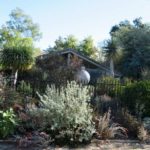
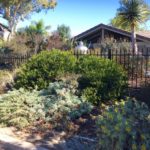
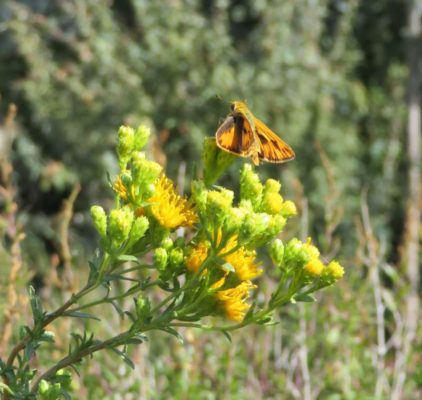
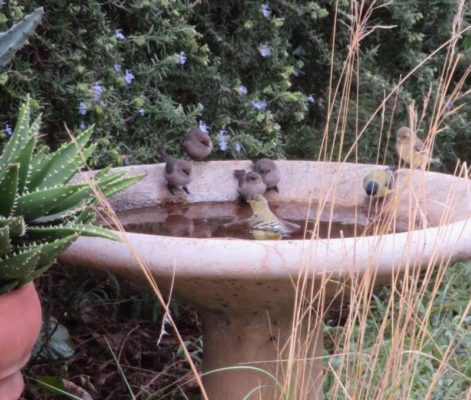
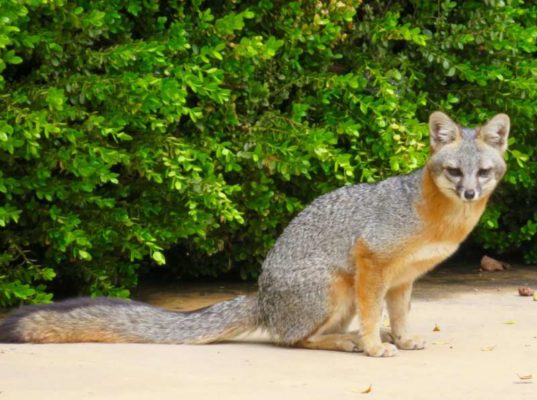
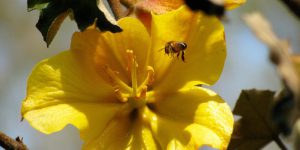
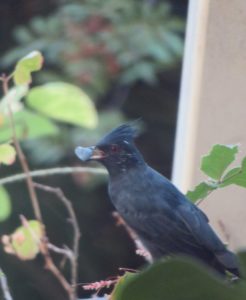
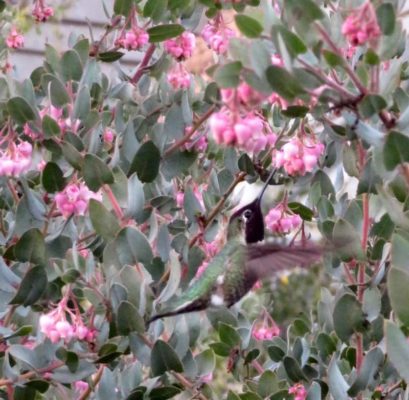
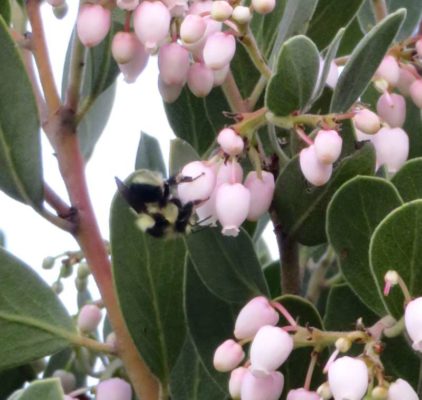
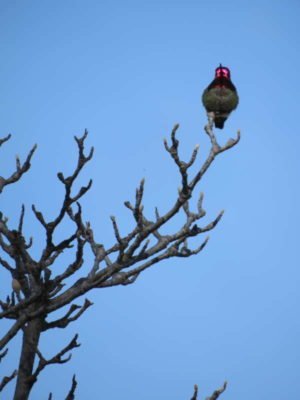
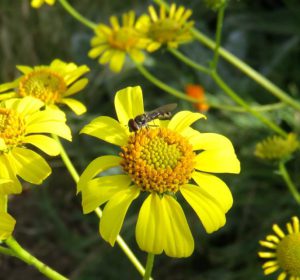
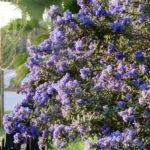
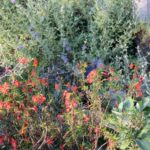
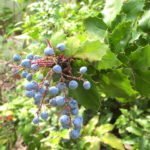

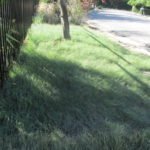

Linda I have a bank in my back yard that id like to plant colorful native Bushes that Will not require much upkeep. I love what You have done.
Our jungle in the backyard is quite sloped and a couple years later we pulled out a lot of the dead oleander and plugged in natives – they’ve done very well. Glad to consult with you on what plants would do best! I’ll email you a couple photos of the before photos – actually just after planting. We really can’t take an ‘after photo’ because it’s so filled in! Come on over and we’ll show you around….
Hi Linda, I am so glad to have stumbled onto your blog! I love all the progress pics of how you transformed your yard. Wondering if you had anyone help you design it, or if you planned it all on your own? I live here in neighboring Loma Linda and had some landscape architects give us some design plans and quotes, but neither one seemed to know much about native plants, just drought tolerant ones. All the native garden designers seem to be far removed from this area. I’ve done a lot of reading and have so far transitioned existing planting beds to mostly natives over the last few months, but don’t have too much practical experience (I’m a midwestern transplant as well!). I would love to get rid of the existing front lawn which is nasty Bermuda grass, but am nervous to do it without some design help and advice. My neighbors already gave me the side-eye when I yanked out all the geraniums, hydrangeas, and azaleas that were planted before we bought our house! Would love to know if you have any recommendations for a landscape architect or designer that specializes in native gardens in this area! Thanks so much for this great resource you’ve provided!
Hi Aileen, we hired someone (Jarmey Fowler, Yucaipa – you would have to see if he’s still doing this – you can say my name) to dig out the grass, lay out the streambed and bring in the boulders/rock and dig them in. He did a good job for us and knew some about natives, and wasn’t that expensive. There are other landscapers such as Todd Smith Landscape Design (Angelus Oaks) who really knows natives but is likely more expensive. Or you could go with someone else and really advise on the native plant planting, selection, etc. We had someone else do our property in Alpine CA and while we were part of the plant selection, they didn’t plant them properly so we wanted to do all that ourselves. Good luck, you’re welcome to come by and see our place in person to get more ideas. Thanks, Linda
Beautiful garden Linda!
I’m glad to see that you have some non-native plants. We have lived in or house in East San Diego, inland, coastal sage scrub plant community, for almost one year. We have grass and a queen palm in the front yard. I attended a workshop sponsored by the city to remove our grass, but there wasn’t much talk or expertise on native plants. Since we want to keep the mature palm (it’s the only existing “tree”in the front), I was told during my consult with the landscape designer that I couldn’t plant natives there.
We’re only planning to spend on irrigation rotators, plants, paths, some hardscape, and mulch.
I’ve read Greg Rubin’s books, and spent countless hours reading many websites such as Las Pilitas, CNPS, Calscape, etc.
There are other narrow, sloped, parts on the property where I can use natives only, just wondering if it’s worth the effort in our front yard with the existing palm tree.
Would it be with then to hire someone to plan it out only? I have paper plans to scale, and other plans from the Landscape Makeover Workshop already.
I’ve also used plants from highcountrygardens.com before, and they offer garden tolerant native cultivars that should work well.
Curious what you think, and if you’ve had this challenge before.
Hi Maureen,
I’m going to forward your q to a couple native landscape designers for more expert advice. But in the meantime I appreciate your desire to want to keep mature non-natives with your native landscaping – we planted two Dragon trees as specimen items in our yard (Because we fell in love with them in the Balboa park in San Diego) and they are from the Canary Islands – both have done great. But they don’t require as much water as your palms and I can provide them more water by hand once a week in hot weather.
I looked up queen palms and it does seem like they require a lot of water especially in the hot months so you will just need to set up a different watering system for them or somehow water them several times a week in hot months. I can’t think of any natives that would like that much water so you’ll probably just have to plant your natives outside its watering zone. And from what I read that’s 5 feet from a mature tree.
see – https://www.moonvalleynurseries.com/application/files/4814/4667/8081/Care_Guide_-_Queen_Palm.pdf
Then I would plant some water loving plants like some sages (I would ask the most local native plant nursery- Kniffings has some natives? We lived in Alpine – for ideas or perhaps the Las Pilitas website can guide you regarding the best plants) to put closest to the palm’s watering zone. What you don’t want to do is plant something like a flannel bush which will die from being near that much water.
You do have a challenging combo but I think it’s workable if you can set up more irrigation for your palm. We did lose a flowering plum when we put in our our low-water small lawn around it because we didn’t supplement it with the water it was used to.
I’ll forward you any replies I receive from native plant landscapers. And will consider a separate article.
Thanks for writing!